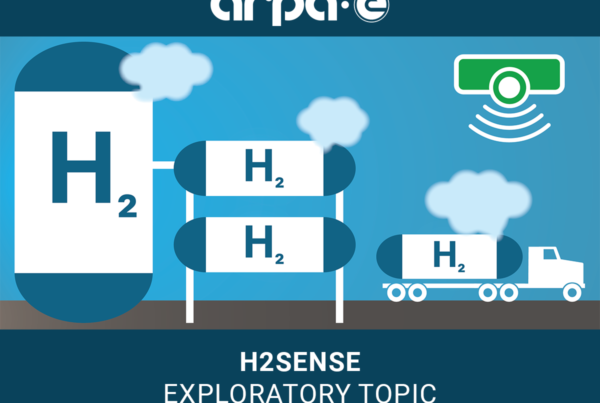
Multiple projects are currently receiving backing from the National Renewable Energy Lab and the U.S. Department of Energy (DOE) to test the effectiveness of hydrogen fuel cells. Caterpillar Inc. and Plug Power are some of the companies working with Microsoft to push the limits of a potentially revolutionary renewable energy source.
An initiative like this could change the scope of renewable energy for data centers and facilities globally, reminding a constantly developing sector never to stagnate – especially regarding sustainable progress.
Energy Usage of Data Centers
Most data centers run on nonrenewable energy. Their energy expenditure will only be sustainable for a bit longer. More users need higher bandwidth and more storage, putting more stress on the hardware.
Hydrogen fuel cells could make this solution carbon-neutral. Tech giants like Microsoft will set a precedent in the sector by investing in these technologies to reshape industry expectations.
Though resources are necessary to implement the project, third parties will analyze greenhouse gas emissions and the effectiveness of the hydrogen fuel cell on the technology to determine if it’s a viable long-term solution for the industry. How much stress can it undergo, and how much could engineers scale it to meet ever-growing demand?
Because the fuel cells operate with an infinite amount of energy input, it will help Microsoft – and other businesses inspired by their projects – to assist in achieving sustainable development goals for the planet. The lithium-ion batteries are recyclable and provide consistent power for equipment with power and heft.
Microsoft’s Contribution
Sustainability initiatives required Microsoft to admit their destructive impact on the environment, which made them pledge to become carbon-negative by 2030. Apart from e-waste, energy usage is one of the most vital influences Microsoft has total control in changing.
Currently, a 3-megawatt hydrogen generator supports data centers instead of diesel. It revolutionizes not only physical data centers but also the efficiency of cloud computing and remote services. As companies move to the cloud, physical data centers are becoming consolidated or obsolete. Using hydrogen is the most sensible option.
Data centers must stay powered despite the grid. These generators provide a zero-emissions blue hydrogen solution to staying operational 24 hours a day without becoming grid-dependent. Anyone using data centers for uploading photos or running Zoom meetings has Microsoft’s initiative to thank for a reliable power supply and connectivity.
Progress and Innovations
Hydrogen fuel cells come in a few forms, including alkaline and phosphoric acid fuel cells. However, companies look to polymer electrolyte membrane (PEM) hydrogen fuel cells to assist in sustainability. Microsoft’s employment of PEM technology could reveal to other tech-adjacent sectors, like the automotive industry, how powerful hydrogen fuel cells are for sourcing power.
After several years of development, Microsoft has worked with companies to create more compact and easier-to-ship fuel cells so shipping containers can haul them to destinations with the environment in mind.
With the projects’ progress and success, the companies seek to inspire cities to employ technology to sustainably power thousands of homes and businesses. The hydrogen industry seeks to empower fuel cells with advanced capabilities for optimizing production so energy can be redistributed to higher priorities during periods of heightened energy demand.
The hydrogen fuel cells won’t just power facilities – they could also regulate temperature and water usage. Other environment-focused initiatives could combine biomass energy with hydrogen production for even more powerful sustainable alternatives – mainly to keep up with facility building demand.
The facilities can become carbon-negative with hydrogen fuel cells, but expanding the vision to more healthily incorporate facilities into their natural environments for encouraged biodiversity and stability is the next step.
Read the most up to date Fuel Cell and Hydrogen Industry news at FuelCellsWorks
Hydrogen Fuel Cells to Power Facilities
Microsoft has instigated a necessary change for the future of powering energy-heavy facilities. Data centers, manufacturing, and others must be powered with 100% renewables to keep up with corporate social responsibility (CSR) initiatives and global goals. Experimentation with hydrogen fuel cells has garnered international interest, inspiring the sector to move toward sustainability with enthusiasm and care – creating a better digital future for everyone.


Jane Marsh, Contributor




